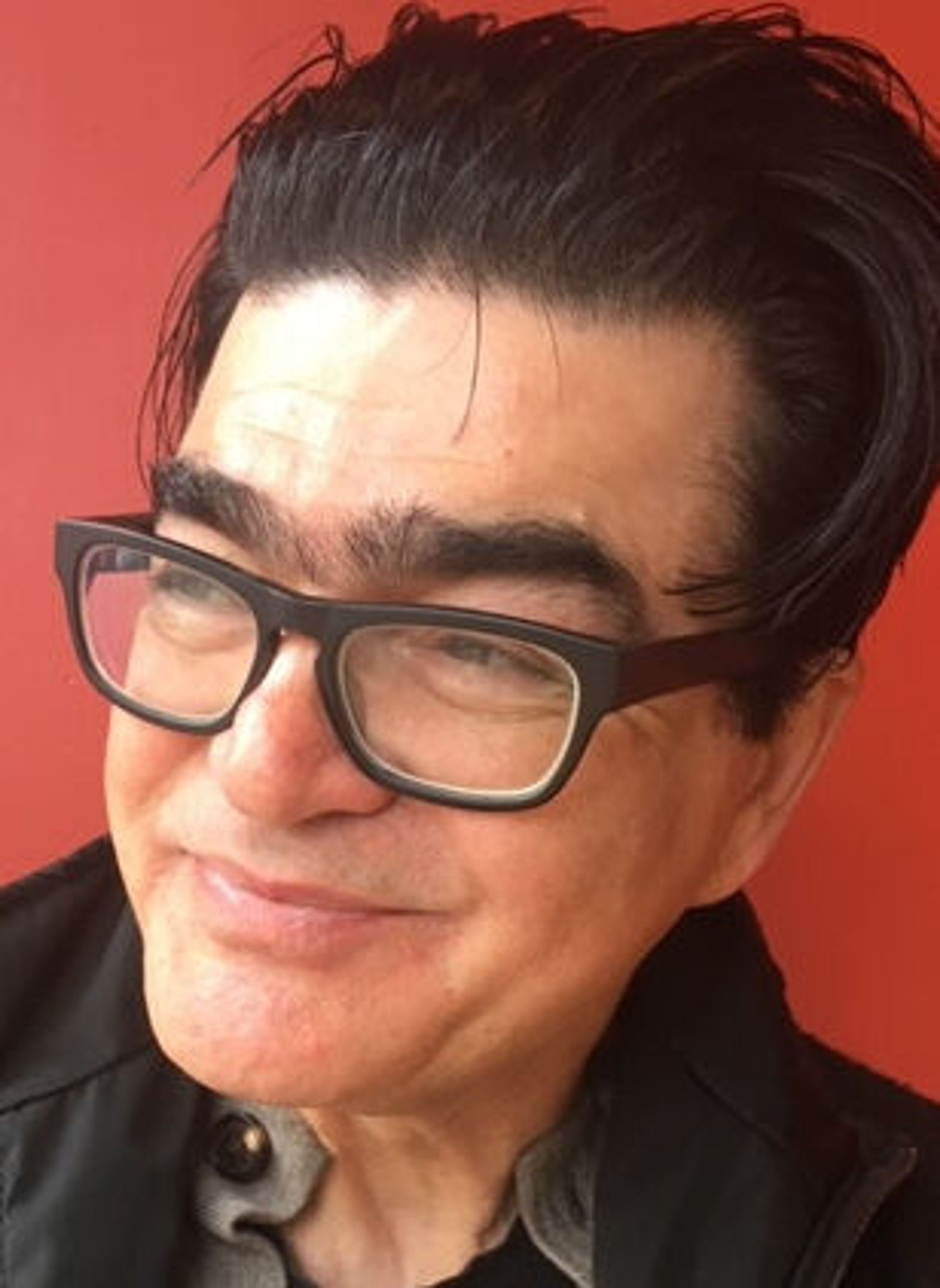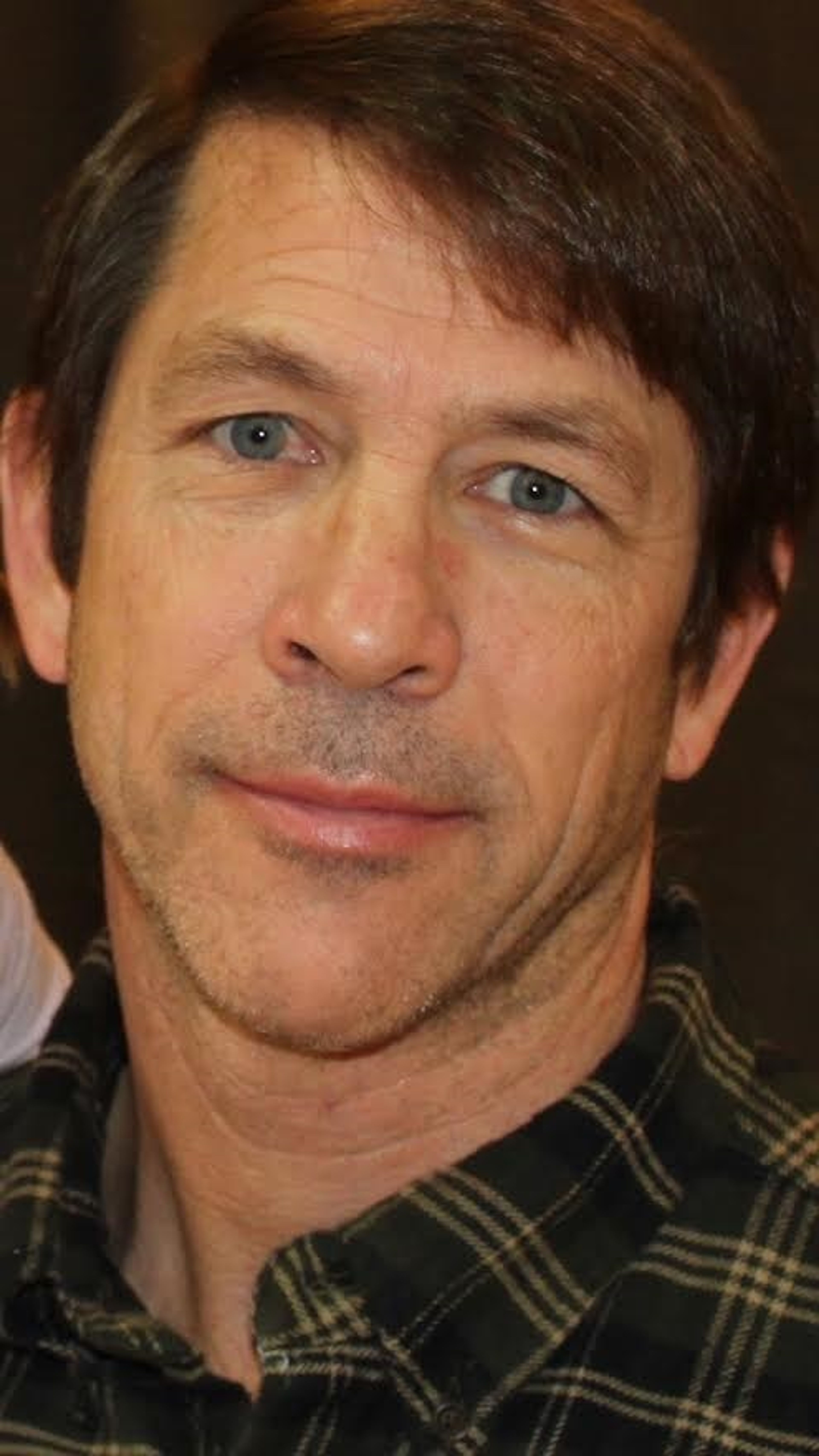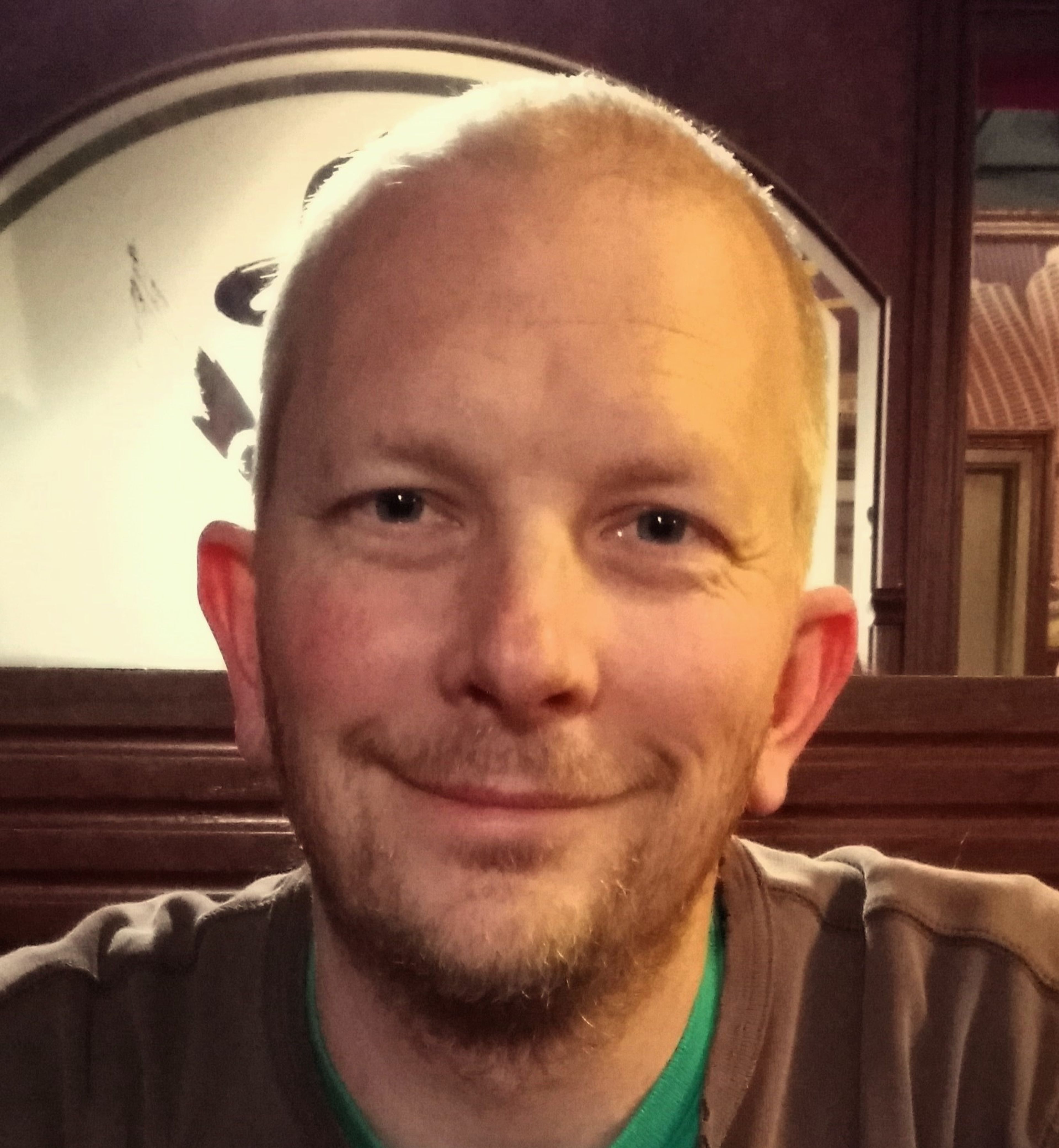I have now seen the drawings associated with the improvements of Main Street in downtown Pullman. They are impressive technical documents, showing in minute detail changes ahead. But they are also final or near final, putting to rest any debate about the degree to which room is still open for professional feedback. Which is disappointing, not least because the design of the street remains underdeveloped and more than one person was under the impression that modifications were still possible.
Either way, one thing is clear; the drawings are more the product of engineering and much less design. This should not come as a surprise given the fact that Welch Comer, the company hired to do the job, is first and foremost an engineering company. “Welch Comer,” its website states, “has been consistently providing engineering services to the Northwest for over 40 years.” No ambiguity there and even though the company went on to hire a design consultant, design was not what it led with in Pullman.
Most enlightened societies proceed in the opposite direction, start with vision and then move to engineering, slowly but surely finding a secure and stable response to ideas. In Pullman we like to go in the other direction. We like to engineer first and then fill in the blanks where engineering cannot go anymore. Everywhere we look we see the city biasing engineering over design, to the point where we’d have to wonder if it doesn’t harbor a disdain for design.
Search the city staff directory and you’d be hard pressed to find a single designer on the roster. You may find planners and you may find engineers, but no architects, artists, and the like. Which would not have been a problem had the city also had a design review committee, composed of those same professionals, architects, artists and so on, to oversee and evaluate design centered contributions to the city. The results are cold and calculated responses to urban needs, evidenced by the likes of Bishop Boulevard, Stadium Way, and more recently the airport.
At one point in the drawings of Main Street, we encounter obelisk-like “monuments,”or vertical markers. Two, maybe four, of them are shown, symmetrically aligned and placed at the entry of Pine Street Plaza. They call for granite slabs with “engraved” letters buried into them, perhaps in reference to some important person or donor in the community. If so, they hark back to imperial expressions of the past, when kings and queens conquered distant lands and ceased monuments to assert their power and domination over the world.
They are not so much aesthetically wrong as intellectually bankrupt, lacking in analysis and a clear understanding of history and the production of meaning. Other puzzling decisions persist, and we can go on to spend a whole essay writing about each. But in short what ails the emerging Main Street project is that it lacks a conceptual strategy, hopelessly stuck in the idea of Pullman as an old town. Planters are scattered here and there without, as far as I can tell, a guiding pattern or artistic imagination.
Visibly missing from the drawings is the integration of urban furniture and architecture, perhaps as playing host to clientele waiting for dining establishments nearby. Or as helping punctuate an otherwise sprawling sidewalk landscape and in so doing accommodate a diverse group of people, young and old alike.
Nor is there any sign of recognition that today a great many people keep dogs and walk them to walk themselves. Which means more than a pole and trash can but also a clear understanding of spatial requirements with which to accommodate a variety of species. Also absent are the steps which in a previous iteration showed a promising attempt to link street with river and allow people, once and for all, the ability to enjoy and understand the natural ecosystem in which they live.
To be sure, works of civic infrastructure must before too long involve engineering, addressing issues related to water distribution, soil chemistry, structural stability and more. These are serious considerations and must at least be kept in mind before any reasonable envisioning can take place. Very well, but in certain critical cases, of which I argue Pullman is one, the primary purpose of investigating infrastructure has less to do with efficiency and function, and more with the fact that downtown has no identity, is dirty and visibly broken.
The upcoming leadership would do well to sit down and take a serious look at the city’s design priorities, if not through a review committee then at least through a perennial conversation about the topic.
Rahmani is a professor of architecture at Washington state university where he teaches courses in design and theory.








